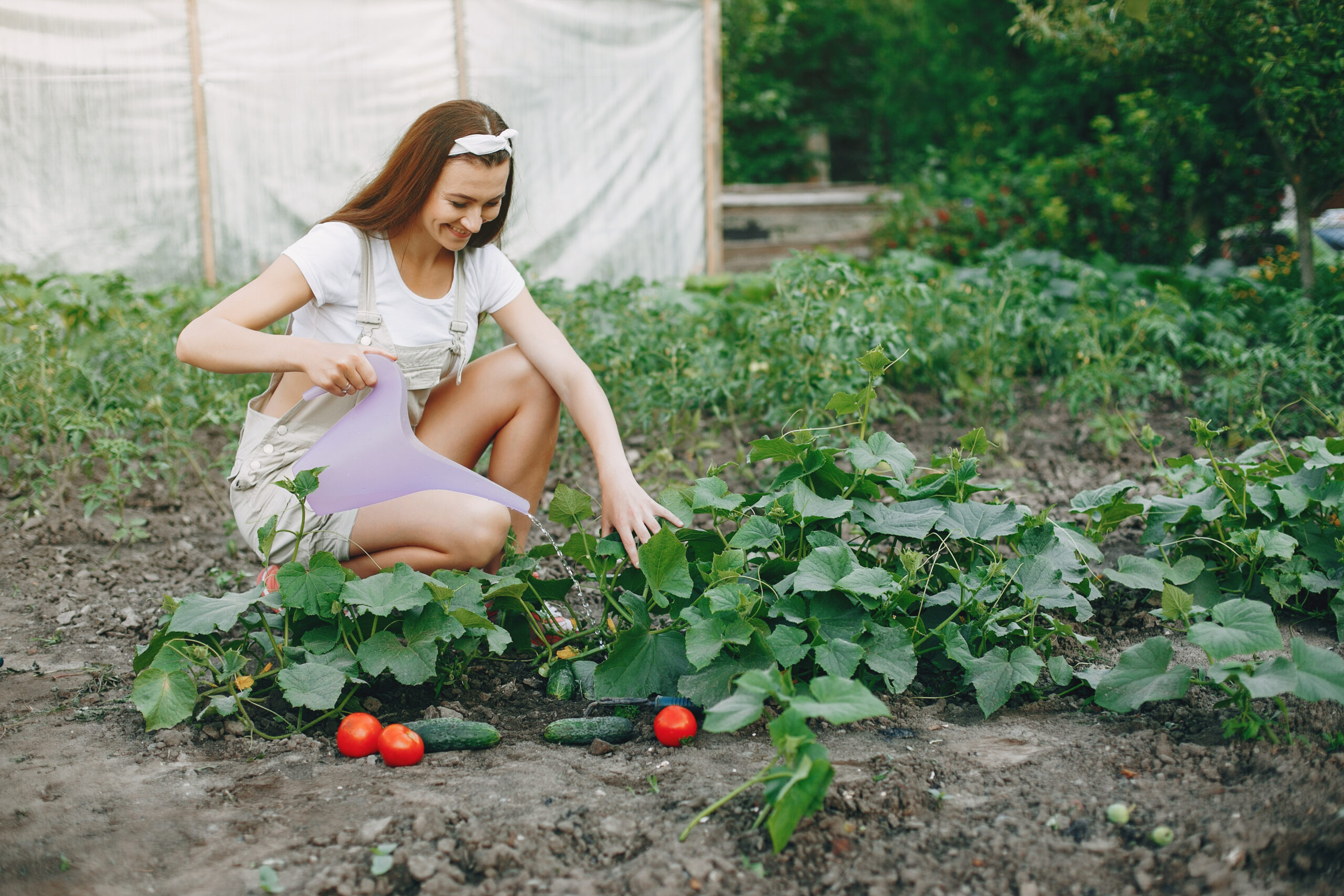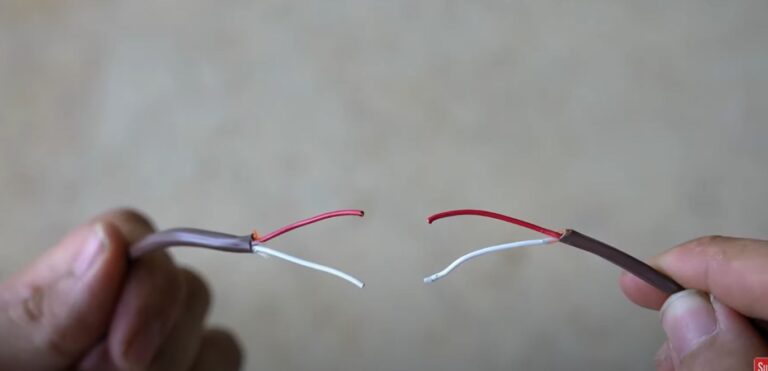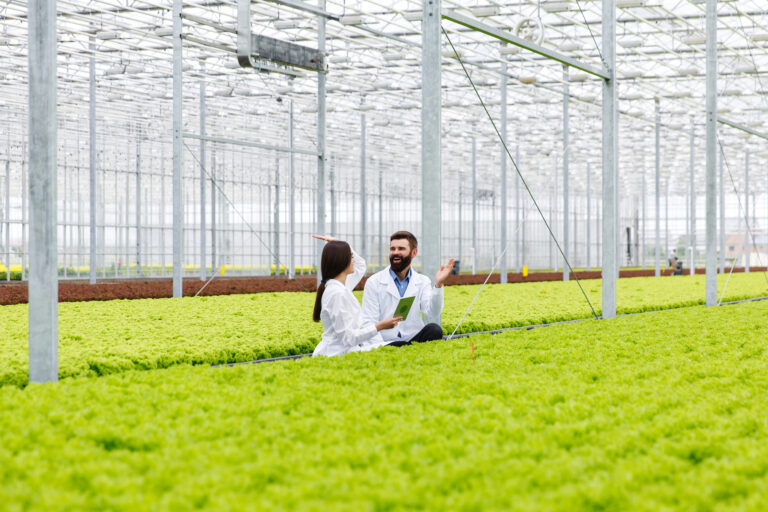5 Clever Ways How to Use Baking Soda and Vinegar for Plants
In the world of gardening, there’s a growing movement towards natural, safe, and affordable solutions.
We want to nurture our plants without resorting to harsh chemicals that can harm our families, our pets, and the delicate ecosystems we’re trying to cultivate.
It’s a desire to return to the simple, time-honored methods of working with nature, not against it. This pursuit often leads us to our kitchen pantries, where we find common household staples with surprising potential.
My personal journey with this started a few years ago when my vegetable garden was suddenly plagued by a relentless infestation of aphids and a stubborn case of powdery mildew. I was desperate for a solution that wouldn’t involve a trip to the garden center for expensive, synthetic sprays. I remembered hearing about using baking soda and vinegar for various household chores and, in a moment of hopeful desperation, thought, “Why not combine them for the garden?” I mixed up what I thought was a powerful potion a fizzing, bubbling concoction and sprayed it liberally on my plants.
The result was a total failure. The aphids laughed at me (or so it seemed), the powdery mildew remained, and worse, some of the leaves on my zucchini plant turned yellow and started to shrivel. It was a discouraging lesson in the importance of understanding the chemistry behind these simple ingredients.
This experience led me to a crucial realization and a key disclaimer: Baking soda and vinegar are effective when used correctly, but they are potent and must be applied with care and knowledge. They are not a magic cure-all, and mixing them together is a mistake that many new gardeners make. The effectiveness of these common items lies not in combining them, but in understanding their individual properties and using each for its specific purpose. They are powerful tools, but like any tool, they require the right application to do the job without causing unintended harm.
Understanding Baking Soda and Vinegar in Gardening
Before you can effectively use these common household items, it’s essential to understand their fundamental chemical properties and how they interact with plants and soil. The key is that they are opposites, and their power lies in their individual uses, not in a combination.
Baking Soda (Sodium Bicarbonate):
- Chemical Nature: Baking soda is a weak base, meaning it is alkaline. When dissolved in water, it creates a solution with a pH of around 8.
- Gardening Function: Its primary role in the garden is as a mild fungicide. It works by changing the pH on the surface of plant leaves, creating an inhospitable environment for many types of fungal spores, especially powdery mildew. Its high sodium content is also a desiccant, which is why it can be used to deter some pests and kill weeds when used in high concentrations.
Vinegar (Acetic Acid):
- Chemical Nature: Vinegar is an acid. Standard household white vinegar is typically around 5% acetic acid, while horticultural vinegar can be as strong as 20% acetic acid.
- Gardening Function: Its primary role is as a natural herbicide. The strong acidity burns and breaks down the cell walls of plants, causing them to wilt and die, especially when applied on a hot, sunny day. It is non-selective, meaning it will kill any plant it touches, not just weeds.
How Each Works Differently on Plants and Soil: Baking soda’s alkaline nature makes it a good tool for prevention and deterring pests on plants, as it won’t immediately burn the foliage if used in a diluted solution. Conversely, vinegar’s acidity is corrosive and will cause immediate and visible damage to plant tissue. The two have opposite effects on soil as well: baking soda increases the alkalinity, while vinegar increases the acidity. Applying them in a combined mixture to plants is futile because they neutralize each other, creating a saltwater solution that is neither an effective fungicide nor a strong herbicide and can still harm plants with its high sodium content.
Using Baking Soda for Plants
Once you understand its alkaline nature, you can put baking soda to work effectively in your garden.
1. Fungicide: The most common and effective use of baking soda is to combat fungal diseases like powdery mildew.
- Recipe for a Fungicide Spray: Mix 1 teaspoon of baking soda with 1 quart of water and add a few drops of mild liquid soap (like Castile soap, not detergent). The soap helps the solution stick to the plant leaves.
- Application: Spray your plants weekly as a preventative measure, or at the first sign of an outbreak. Apply in the early morning or evening to avoid leaf burn from the sun.
2. Pest Deterrent: Baking soda can be used to create a physical barrier or a desiccant against certain soft-bodied pests.
- Ants and Caterpillars: You can mix equal parts of baking soda with powdered sugar or flour and sprinkle it near ant nests or on the foliage of plants infested with caterpillars. The pests are attracted to the sugar/flour but are harmed by the baking soda.
3. Soil pH Adjustment: This must be done with extreme caution due to the risk of sodium buildup.
- Method: For small, contained spaces or potted plants that prefer a slightly less acidic environment, you can dissolve a small amount of baking soda (no more than 1 tablespoon per gallon of water) and use it as a very occasional watering solution. It is a temporary fix, and for most applications, agricultural lime is a far better and safer alternative.
Personal Tip: In my own vegetable patch, I found that baking soda’s biggest strength was as a preventative measure. Once I realized my mistake of mixing it with vinegar, I started applying the simple baking soda, water, and soap solution to my zucchini and cucumber plants every week. It didn’t cure the powdery mildew that had already taken hold, but it completely prevented any new outbreaks on my new growth, allowing the plants to thrive for the rest of the season. I’ve since made it a regular part of my organic gardening routine, and it’s saved my crops more than once.
Using Vinegar for Plants
Vinegar, with its acetic acid, is a powerful tool in the garden, but its strength can also be its greatest danger to desired plants. Its primary use is as an acidic agent, and it should always be applied with care to avoid harming the plants you want to keep.
1. Weed Control: This is arguably the most common and effective use of vinegar in the garden. Its acidity will quickly burn and kill the foliage of most weeds.
- Method: For best results, use undiluted white vinegar (5% acetic acid). Spray it directly onto the weeds on a hot, sunny day. The heat helps the vinegar break down the plant’s cellular structure more quickly.
- Where to Use: Vinegar is a non-selective herbicide, meaning it will kill any plant it touches. For this reason, it is best used in areas where you don’t want any plant growth, such as on driveways, gravel paths, or in cracks between pavers. Avoid using it in your garden beds, as it can harm the roots of your vegetables and flowers.
2. Soil Acidifier: Certain plants, like blueberries, rhododendrons, and azaleas, thrive in acidic soil with a low pH. Diluted vinegar can be used to lower the soil pH for these specific plants.
- Method: Mix 1 tablespoon of white vinegar with 1 gallon of water. Use this solution to water your acid-loving plants once every few weeks.
- Important Note: This is a temporary solution. For a long-term fix, it’s better to use more stable soil amendments like sulfur or peat moss. Always perform a soil test to confirm your soil’s current pH before applying any acidifier.
3. Pest Deterrent: The strong smell of vinegar can be an effective deterrent for a variety of garden pests and unwanted animals.
- Method: Soak cotton balls in vinegar and place them around the edges of your garden beds to deter rabbits or other animals that dislike the scent. You can also spray a diluted solution around the base of plants to deter certain insect pests.
Story: My Lesson with Vinegar and Roses I learned a hard lesson about the non-selective nature of vinegar near my beloved rose bushes. A few stubborn dandelions were growing in the mulch right at the base of the bushes. Thinking I was being precise, I carefully sprayed the vinegar directly on the dandelions. The next day, the dandelions were withered, but so were the lower leaves and a few canes of my rose bush. I realized that even a slight overspray or a drip from the nozzle could cause significant damage. The lesson was clear: vinegar is a powerful tool for a specific job, and that job is killing things, not saving them.
5. Combining Baking Soda and Vinegar in the Garden
This is the most critical piece of advice for any new gardener experimenting with these ingredients.
Why You Should Never Mix Them Directly: When you mix baking soda (a base) and vinegar (an acid), they react violently, creating carbon dioxide gas and a neutral saltwater solution (sodium acetate). The explosive fizzing is exciting, but once the reaction is over, the resulting mixture is neither acidic nor alkaline enough to perform the jobs you intended. You are left with a solution that is mostly just salty water, and the sodium can still harm your plants and build up in the soil.
How to Use Them Separately for Different Purposes: The secret to success is to use them as two completely separate tools for two completely different jobs. Think of them as a hammer and a screwdriver—you would never try to combine them to drive a nail.
Example Routine:
- Baking Soda for Mildew on Squash: On a Tuesday evening, you notice the first signs of powdery mildew on your squash leaves. You mix up a batch of the baking soda, water, and soap solution and lightly mist the affected leaves and the new growth to prevent further spread. You repeat this weekly, as needed.
- Vinegar for Weeds along Pathways: On a Saturday afternoon, you see weeds popping up in the cracks of your patio pavers. You grab a bottle of undiluted vinegar and, being careful to avoid any nearby plant life, you spray the weeds directly on a hot, sunny day. The weeds wither and die within a day or two, and your garden beds remain safe
Safety and Application Tips
Using baking soda and vinegar in the garden requires a mindful and cautious approach. While they are natural and generally safer than synthetic chemicals, their powerful properties can still harm plants if used improperly. Following these safety and application tips will help you get the most out of these remedies without causing unintended damage.
- Always Test on a Small Area First: Before you spray your entire plant or garden bed, perform a patch test. Apply your diluted baking soda solution or vinegar spray to a single leaf or a small, inconspicuous area. Wait at least 24 hours to observe the results. If you see any signs of burning, yellowing, or damage, either dilute your solution further or reconsider its use entirely. This simple step can save you from widespread plant damage.
- Use Diluted Solutions to Avoid Plant Damage: For any application that involves spraying plants, dilution is key. A solution that is too strong—especially with baking soda—can cause leaf burn and negatively impact the plant’s health. It’s always better to start with a weaker solution and reapply if needed than to start with one that is too concentrated.
- Avoid Applying in Hot Sun or on Windy Days: Both baking soda and vinegar solutions can cause leaf burn if applied in direct, hot sunlight. The water droplets on the leaves act like tiny magnifying glasses, intensifying the sun’s rays. Always apply your sprays in the early morning or late evening when the sun is not at its peak. Additionally, avoid spraying on windy days to prevent the solution from drifting onto plants you want to protect.
- Keep Vinegar Away from Plant Roots and Desired Crops: As a non-selective herbicide, vinegar is a threat to any plant life. When using it to kill weeds, be extremely careful to apply it only to the target weed and to avoid any nearby vegetables, flowers, or even the roots of your desired plants. A single application can be enough to kill a plant or prevent future growth in that spot.
FAQs
- Can vinegar kill vegetable plants? Yes, absolutely. The acetic acid in vinegar is a non-selective herbicide that will kill or severely damage any plant it comes into contact with, including vegetable plants. For this reason, vinegar should only be used to kill weeds in areas where you do not want anything to grow, such as on paths or driveways. Never use it inside a vegetable garden bed.
- Is baking soda safe for tomatoes and peppers? Yes, baking soda can be safe for tomatoes and peppers when used correctly. A diluted solution is often used to combat common fungal issues like powdery mildew. However, tomatoes and peppers are sensitive to high sodium levels. Use it sparingly, only when necessary, and be sure to avoid getting the solution in the soil to prevent sodium buildup.
- How often should I use these treatments? The frequency depends on the purpose. For baking soda as a preventative fungicide, a weekly application is often sufficient, especially in humid conditions. You should always reapply after rain. For vinegar as a weed killer, you only need to apply it once to a weed. If the weed is stubborn or has a large root system, you may need a second application. As a general rule, use both treatments only when you have a specific problem to address.
- Can they replace commercial fertilizers or fungicides? No, they cannot. Baking soda and vinegar are not a substitute for commercial products, nor are they a complete solution for garden health. Baking soda offers no nutritional value and is only effective against specific fungal issues. Vinegar is a killer, not a fertilizer. A healthy garden relies on good soil, proper fertilization, and water. These household items are best thought of as a part of a gardener’s toolkit, used in conjunction with other good practices, not as a replacement for them.
9. Conclusion
My journey with baking soda and vinegar in the garden has been a humbling one, full of both success and failure. My initial, misguided experiment taught me the hard lesson that mixing these two powerful ingredients is a recipe for disappointment and potential plant damage. However, by taking the time to understand their individual properties, I’ve discovered how truly valuable they can be as separate, purposeful tools.
Baking soda has become my go-to for battling the persistent powdery mildew on my squash, saving countless leaves and ensuring a better harvest. Vinegar, in turn, has become my eco-friendly, highly effective solution for keeping my gravel paths and patio free of weeds without resorting to chemical sprays.
They are not magic bullets; they are simply helpers. My garden’s health ultimately comes down to the basics: rich, healthy soil; proper watering; and consistent, mindful care.
For anyone looking to try these natural remedies, my final advice is this: proceed with caution, test carefully, and keep a simple record of what you did and how it worked. It’s an excellent way to learn and grow as a gardener.
What natural garden remedies have you tried? Have you had any successes or failures? Let’s connect and exchange ideas. Sharing our experiences is one of the best ways to learn and help our gardens thrive.






